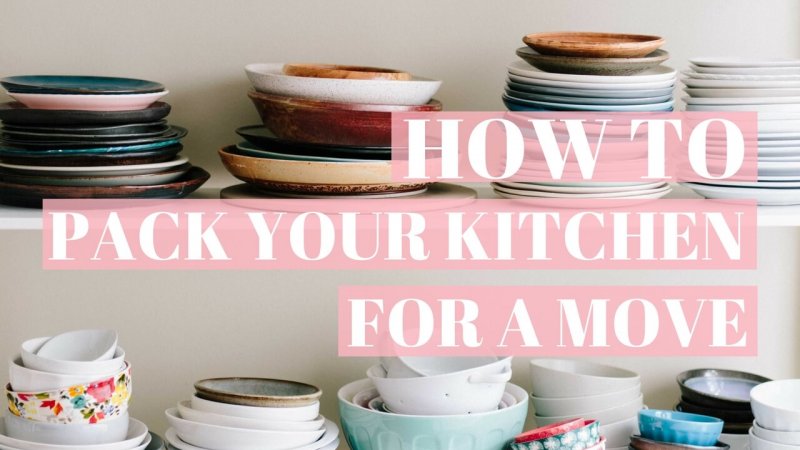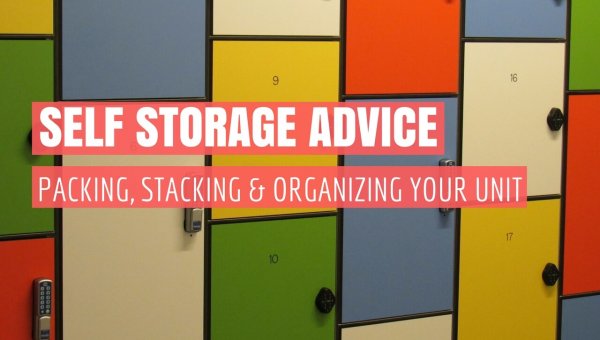If you’re planning a move, you may find yourself overwhelmed by the packing process, especially when it comes to boxing up your kitchen. If you have a mountain of empty boxes that you’re waiting to fill, but no clue where to begin, then keep reading. Here we’ll unpack our professional tips to pack your kitchen for a simple and stress-free move!
How to Pack Dishes and Glassware
One of the most significant challenges of moving the kitchen is ensuring that none of the breakables get cracked, chipped, or shattered – especially those sentimental pieces like your grandmother’s china! Here are some guidelines to prevent your fragile items from breaking during the move:
- Start with your china and dishes, wrapping each piece individually in packing paper. Avoid using newsprint as the ink could cause permanent stains.
- Place plates vertically in the box instead of stacking on top of each other to reduce the chances of breakage. If they are individually wrapped, bowls can be stacked inside of one another to create packing efficiencies.
- Wrap glassware in packing paper, making sure you stuff any hollow space inside of each glass. You can place regular drinking in standard moving boxes; however, you’ll want to take special precautions with wine glasses and other delicate stemware. For these items, we recommend using wine boxes which have dividers to keep the glasses from moving around during transport.
- Use small- or medium-sized boxes. Dishes are heavy, so using a smaller box will prevent you from overfilling.
- Be sure to fill the space in the boxes with additional packing paper, packing peanuts, or another cushiony material (tea towels work great for this too!). Filling all the space inside the box is essential to keep items from shifting during transit.
How to Pack Food When Moving
In the weeks before your move, start slashing your grocery list and eating up the food in your cabinet, so there’s less waste and fewer things to pack. If moving day arrives and you still have uneaten food, here’s what to do:
- Perishables: Unless you’re moving nearby, perishables like meat, eggs, dairy products, and produce likely won’t survive the trip. If you can, pack these items in a cooler on ice to transport to your new home. Otherwise, check with a neighbor or family member to see if they might have a use for these items.
- Non-perishables: Canned goods, pasta, peanut butter, etc. are okay to pack in a box if you’re moving a short distance. If you’re moving long distance, keep in mind that moving companies determine cost by the weight of the shipment, and it could take a few weeks for the moving company to deliver your load. Consider whether it is worth the cost and hassle of moving these items. If it doesn’t seem cost- or time-effective, donate your non-perishables to a local food bank to provide for those in need.
How to Pack Pots and Pans
Pots and pans are bulky, but they are easy to pack with a few simple tips:
- Start with a medium or large moving box. If using a large box, be careful not to overload the box.
- Crumple up a few sheets of newspaper or packing paper and place in the bottom of the box for padding. Then, load in your pots and pans, starting with the largest ones and nesting the smaller ones inside of each other.
- Place a layer of newspaper between each pot and pan to keep them from rubbing on one another during transit.
- Fill a space in the box with additional crumpled sheets of newspapers, towels, or packing peanuts.
How to Pack Utensils and Knives
You’ve cleared your cabinets, and your china is safe, so all you need to do is pack up your utensils.
- The easiest way to transport utensils is by keeping them in the utensil tray. Wrap a few layers of plastic moving wrap around the utensil tray to hold the cutlery in place, then place flat in a box.
- To pack knives, start by rolling each blade in a piece of packing paper. Then place the knives in a sturdy shallow box (like a Tupperware container) to protect the knives from getting bent or warped by the weight of other items.
How to Pack Kitchen Appliances
Moving kitchen appliances requires specialized equipment and a bit of know-how. We’ve outlined the steps for packing and moving large kitchen appliances in detail in this blog post.
With these tips under your belt, you should have no problem packing your kitchen and getting everything moved safely to your new home. Of course, if you’d prefer us to do the packing for you, we’d be happy to assist! For a free NYC moving quote, be sure to give us a call.












